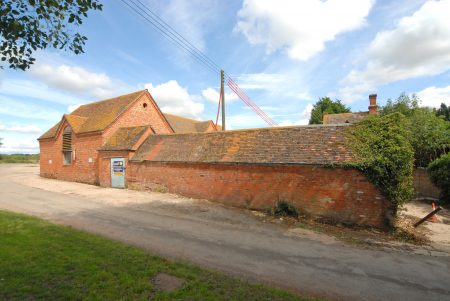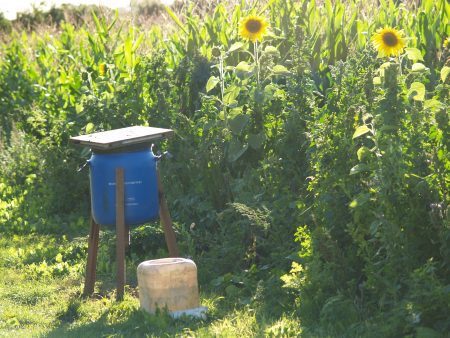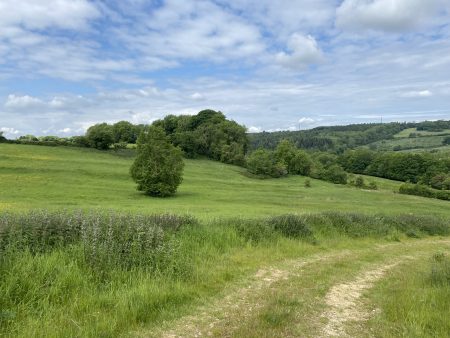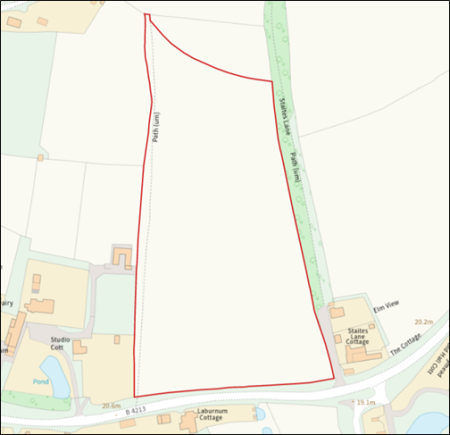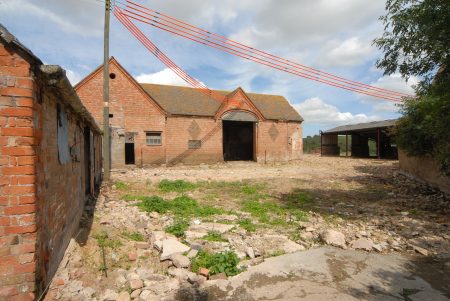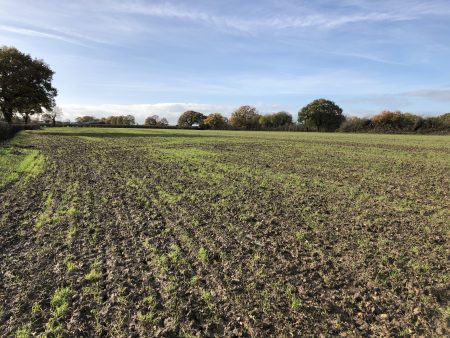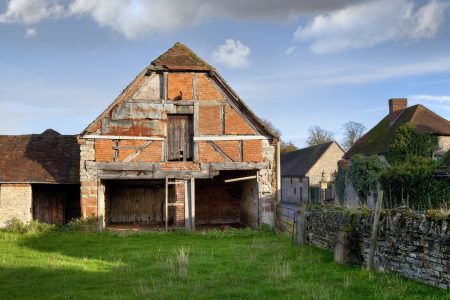
This year an amendment to the General Permitted Development Order 2018 came into effect, making significant changes to Class Q rules. Class Q allows the conversion of agricultural buildings to dwelling houses. These changes have allowed an increase in the number of dwellings and the potential floor space, giving landowners greater potential for conversion […]
Posted on August 23rd, 2018 by Julie Newton